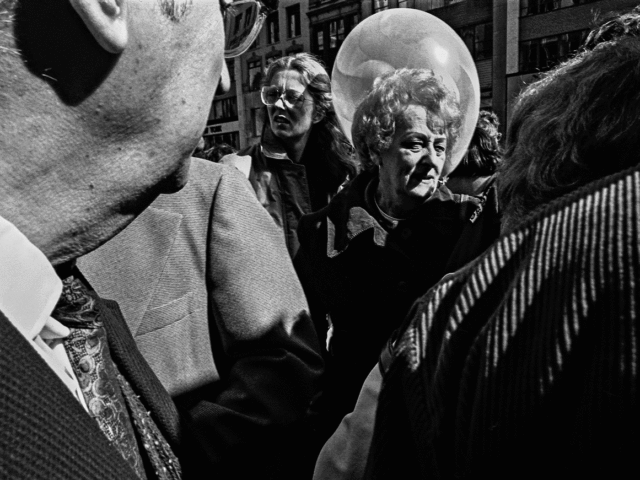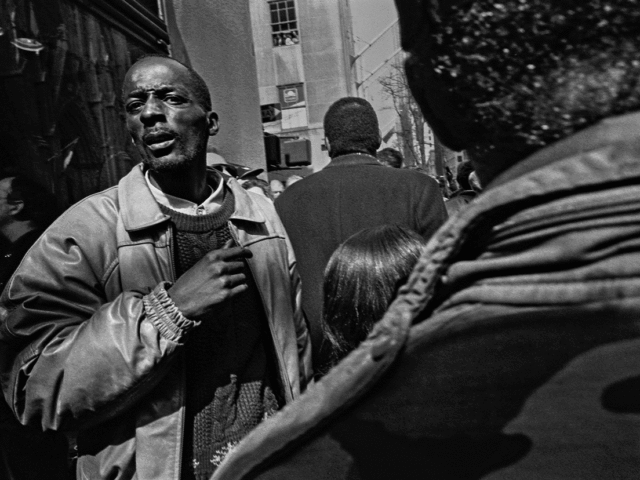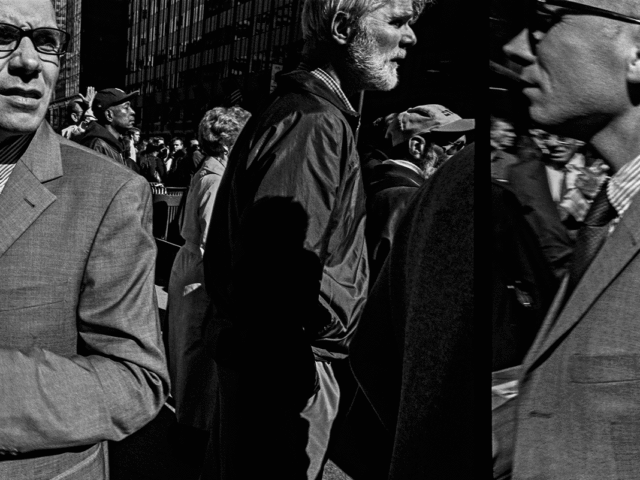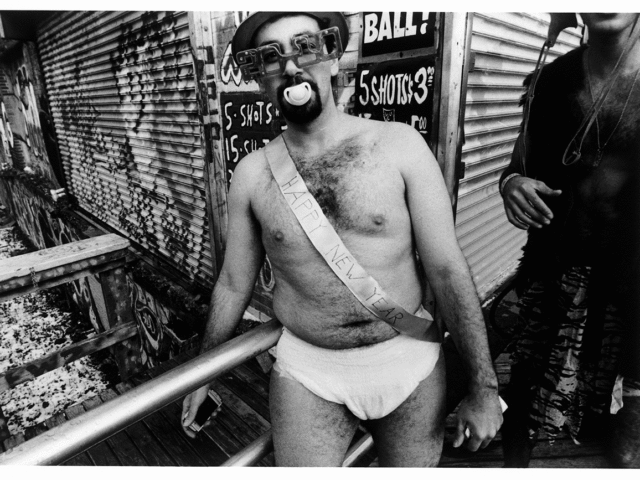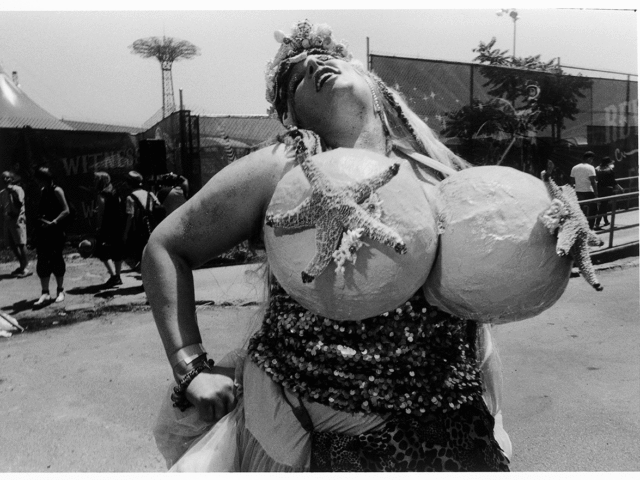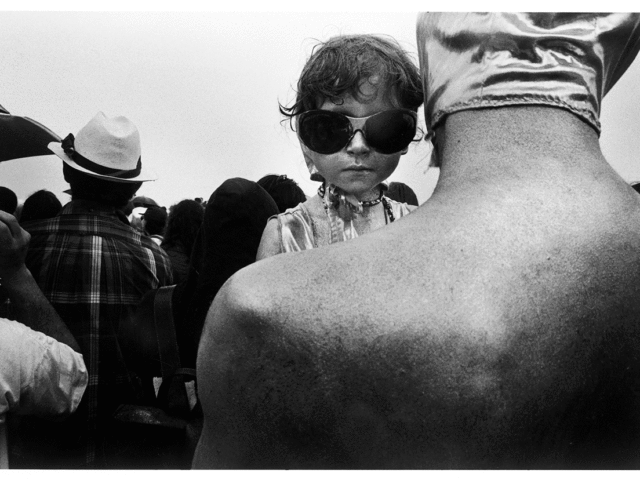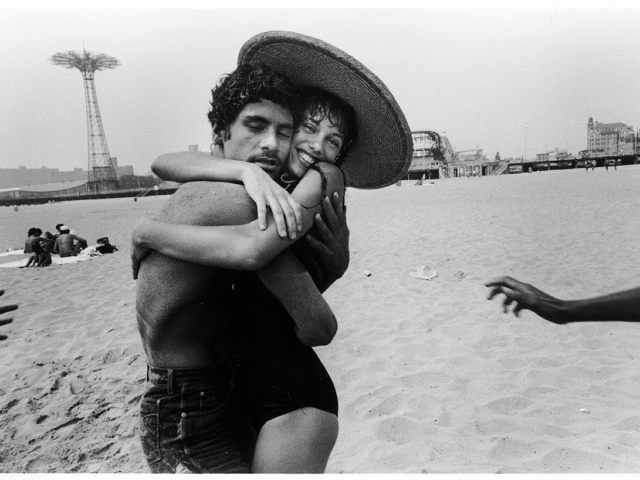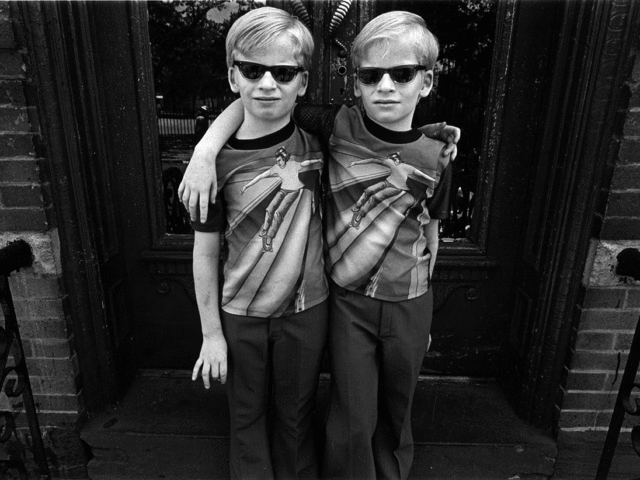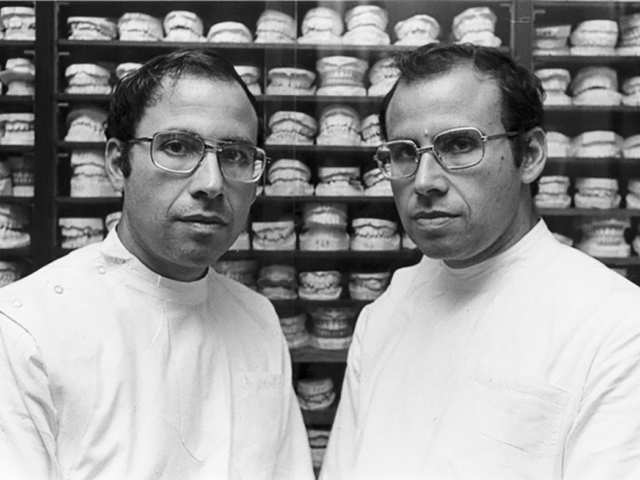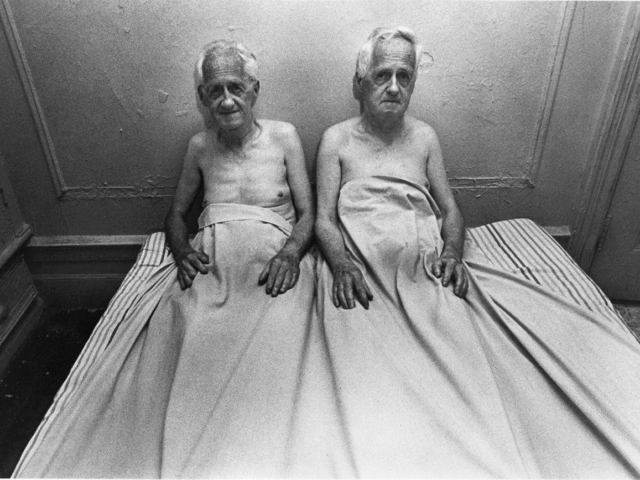Harvey Stein
About
Harvey Stein (https://www.harveysteinphoto.com/) Harvey Stein is a professional photographer, teacher, lecturer, author and curator based in New York City. He currently teaches at the International Center of Photography. Stein is a frequent lecturer on photography both in the United States and abroad. He was the Director of Photography at Umbrella Arts Gallery, located in the East Village of Manhattan, from 2009 until 2019 when it lost its lease and closed. He has also been a member of the faculty of the School of Visual Arts, New School University, Drew University, Rochester Institute of Technology and the University of Bridgeport. A recipient of a Creative Arts Public Service (CAPS) fellowship and numerous artist in residency grants, Stein’s nineth and latest book Then and There: Mardi Gras 1979 was published by Zatara Press in October of 2020. Other books of Stein’s photographs are Parallels: A Look at Twins, E.P. Dutton (1978); Artists Observed, Harry Abrams, Inc. (1986); Coney Island, W.W. Norton, Inc. (1998); Movimento: Glimpses of Italian Street Life, Gangemi Editore, Rome (2006); Coney Island 40 Years, Schiffer Publishing, (2011); Harlem Street Portraits, Schiffer Publishing (2013); Briefly Seen New York Street Life, Schiffer Publishing (2015), and Mexico Between Life and Death, Kehrer Verlag (Germany, 2018). Stein’s photographs and portfolios have been published in such periodicals as The New Yorker, Time, Life, Esquire, American Heritage, Smithsonian, The New York Times, Reader’s Digest, Glamour, GQ Magazine (Mexico), Forbes, Psychology Today, Playboy, Harpers, Connoisseur, Art News, American Artist, New York, People, Der Spiegel, Die Zeit, The Hopkins Review (cover), Sun Magazine (cover) and all the major photo magazines, including Camera Arts, Black & White Magazine (cover), Shutterbug, Popular Photography, American Photo, Camera, Afterimage, PDN, Zoom, Rangefinder, Photo Metro, fotoMagazine (Germany), photo technique, Zeke and View Camera Magazine. Stein’s photographs have been widely exhibited in the United States and Europe—89 one-person and over 165 group shows to date. He has curated 67 exhibits since 2007. His photographs are in more than 58 permanent collections, including the George Eastman Museum, Bibliotheque Nationale, the Art Institute of Chicago, the Museum of Fine Arts, Houston, the Brooklyn Museum of Art, the New Orleans Museum of Art, the International Center of Photography, the Denver Museum of Art, the Carnegie Museum of Art (Pittsburgh), the Portland (Oregon) Museum of Art, the Museum of the City of New York, Museet for Fotokunst (Odense, Denmark), Musee De La Photographie (Charleroi, Belguim), the Portland (Maine) Museum of Art, the American Museum of Natural History, the Santa Barbara Museum of Art, the Addison Gallery of American Art, The New York Historical Society and Museum, The Brooklyn Historical Society, and among others, the corporate collections of Johnson & Johnson, Hewlett Packard, LaSalle Bank (Chicago), Barclay Bank and Credit Suisse. Stein’s work is represented by Sous Les Etoiles Gallery, New York City.
Scheduled to Teach
Gallery
LACP Interviews Harvey Stein
LACP asks Harvey Stein ten questions about his background, career in and beliefs about photography.
Los Angeles Center of Photography: What kind of photographer are you?
Harvey Stein: I try not to categorize or define precisely the kind of photographer that I am. Mostly I shoot on the street. That means for me predominately people but I also love photographing animals and trees and buildings and scenes. But I am known for my images of people on the street. Chiefly I engage strangers and hope to have a dialog with them either before, during, or after making a street portrait. For me, the more powerful street image is made when I have the subject’s attention and collaboration. I also do studio portrait work; my first two books were shot largely or solely in homes or artist studios. My passion is to engage in long term photography projects (six to 50 years) and turn them into photobooks; to date I have had nine books published with another on the way in May 2022.
LACP: How long have you been shooting?
HS: I first picked up a camera while stationed in Germany in the U.S. Army in the mid-1960’s. Returning home, I moved to New York City to attend the Columbia University School of Business and earned an MBA in marketing. Working in New York was exciting and inspirational; I was intrigued by the diverse street population and wanted to record it in some way. I began photographing in New York in the early 1970’s and produced my first photobook by 1978, an in-depth study of identical twins. I quit working in the corporate world in 1979 to become a full-time photographer doing assignments for the various newspapers, magazines and businesses of New York. I began teaching photography for the International Center of Photography in 1976 (two years after its founding) and have taught there ever since.
LACP: Where did you get your training?
HS: I am self-taught in photography, I took dozens of classes in my early days of learning and experimenting with the medium. My most influential teacher was the recently deceased, great street photographer Ben Fernandez, a rough, tough and aggressive street character. Eventually, in addition to teaching at ICP, I taught for Fernandez at the Parson School of Design, whose photo program he founded. I’ve been on the faculty of several other universities including Rochester Institute of Technology, Drew University and the New School University. Since my early days, I’ve taken many digital classes, mostly at ICP, all excellent.
LACP: When did you know you wanted to devote your life to photography?
HS: I have a Bachelor of Science degree from Carnegie Mellon University in my home town of Pittsburgh; the school was and is a hub for art education besides being a great engineering and scientific university, with powerful art and theater programs. By the end of my third year, I knew I wouldn’t work in the science/engineering field once I graduated. I wanted to write or paint and make art. Once I started photographing while working in NYC, I knew that I would become a photographer, it was an intuitive, natural and immediate connection and fit. I was naïve about making a living, all I knew was that I wanted to be happy with my vocation. It took me several years to make a break from the corporate world, but I did in early 1979 and have never looked back; I have loved my life as a contributing and involved photographer.
LACP: Did you ever come close to giving up?
HS: No, I never once thought I’d stop being a photographer. I love the life style and freedom to be independent and on my own. I worked for about six years in the corporate world before becoming a photographer and have never ever regretted going out on my own.
LACP: Have you sacrificed anything by being a photographer?
HS: I know that I have made much less money than if I continued working on Madison Avenue in advertising (my last corporate job). But I also know that I am happier and more involved with the world. I can do what I want, and travel when I want, so the sacrifice of money isn’t an issue, happiness is.
LACP: What have you gained by being a photographer?
HS: By being a photographer, I have gained so much knowledge of the world; photography continues my education and my growth. I have become a better human being through it. I have traveled to more than 40 countries because of photography, have engaged with and have met hundreds if not thousands of amazing people through photography, whether photographing or working with them. And I have learned a lot about myself. I have a very positive and happy outlook on life and I love to teach and help people realize their artistic potentials.
LACP: What classes do you teach at LACP?
HS: I am scheduled to teach my first class at LACP beginning October 12th of this year, it will be a seven-week remote learning class called “Publishing the Photo Book”. I have taught this class almost every year for the last 12-15 years at the International Center of Photography and in one form or another at such places as the Photographic Resource Center in Boston, FotoFest in Houston, Silver Eye in Pittsburgh, Texas Photographic Society in Austin, Contact in Toronto, Palm Beach Photo Workshops, Brooks Institute in Santa Barbara, Photo Expo in NYC and LA, etc. etc. This workshop is rich in information and interactive support for both the developing and professional photographer. Whether starting with a vague idea or a developed body of work to support the participants book idea, the class offers ways to shape ideas, conceive and explore a concept, and to determine the best approach to make a publisher take notice. The step by step analysis during the class sessions covers the information necessary to successfully contact publishers and what to do when they say yes. We evaluate each participant’s book project in a constructive atmosphere as each person presents his/her project; we learn from each other to shape and ready the book project for publishers. I can say that this class has helped dozens of photographers to get their books published.
LACP: What do you love most about teaching?
HS: Photography can be a lonely endeavor; teaching connects me to people in ways that the act of photographing does not. It also expands my world by introducing me to people, now mostly younger than myself, from many parts of the world. I learn from my students, as all teachers must. I love most the interaction with inquiring minds and the two-way process of learning. I keep in contact with dozens and dozens of former students, and that is a continuing joy. I have helped many students find jobs and/or internships, be published and have written hundreds of recommendations for grad school and jobs and have always tried to guide willing people to reach their potential. I have had lots of assistance in becoming and being a photographer and I want to give back through any help I can offer to friends, colleagues and especially those in my classes.
LACP: What advice would you give someone who is thinking about making a career in photography?
HS: I suppose there is a lot of advice one can give. Mostly be curious about the world, be open to situations and seek out subject matter that greatly interests you in a personal way; work hard and consistently. Ask questions, be yourself, don’t be annoying, be courteous and respectful of your subjects, and learn how to write well. Study photography, whether formally by taking classes that will strengthen your weaknesses, or on your own by going to exhibits, collecting and studying photo books, and learning as much as possible about what has come before in photography. Don’t try to be like other photographers; be yourself with as much as an original style as possible. Network and participate in the photo world. This all takes time; patience and hard work will be our friends.
